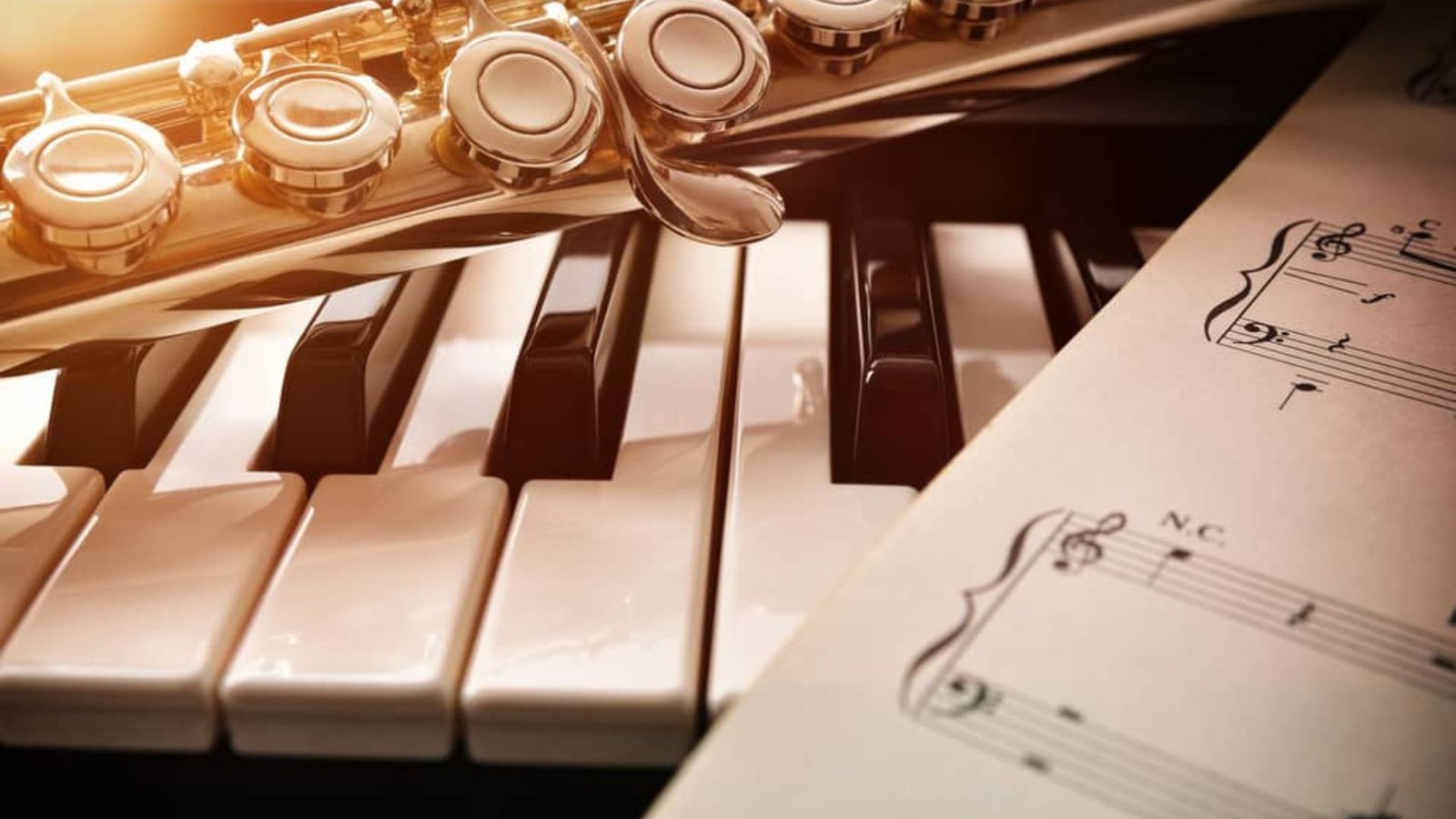The Connection Between Classical Composers
At first glance, classical composers and contemporary pop artists may seem worlds apart, with their musical worlds rooted in different traditions, time periods, and genres. However, upon closer examination, there are surprising connections between these two groups, with pop artists often drawing inspiration from classical techniques and even directly referencing the works of classical masters. This blending of genres not only highlights the lasting influence of classical music on modern music but also shows how the fundamentals of harmony, melody, and structure transcend stylistic boundaries.
In this article, we’ll explore the ways in which classical composers have influenced contemporary pop music, and how modern pop artists are incorporating classical elements into their own work.

Shared Musical Foundations
Classical music is the bedrock of Western music theory. The principles of harmony, melody, and rhythm that classical composers like Bach, Mozart, and Beethoven developed continue to shape how modern music is written today—whether it’s pop, rock, jazz, or electronic music. Many contemporary pop artists utilize these classical foundations without even realizing it.
- Harmony and Chord Progressions: Classical composers were masters of harmony, and many pop songs today still follow common harmonic structures that were first explored in the Baroque, Classical, and Romantic periods. For instance, the I-IV-V-I progression (the tonic, subdominant, and dominant chords) is a fundamental harmonic pattern used in both classical and pop music. While modern pop may add layers of complexity through synthesizers or electronic beats, the basic harmonic structure often harkens back to classical traditions.
- Melodic Construction: Many pop melodies are based on the same principles of voice leading and phrasing that classical composers adhered to.
- Form and Structure: Classical composers such as Beethoven and Haydn worked within strict forms, such as sonata-allegro form or theme and variations, and many pop artists employ similar forms. For example, the classic verse-chorus-verse structure in pop songs is not dissimilar to the thematic development techniques used by composers like Schubert or Chopin. This sense of thematic unity and variation is a hallmark of both classical and pop music.
The Influence of Classical Orchestration on Pop Music
Classical composers were also pioneers in orchestration, the art of arranging music for various instruments. Modern pop musicians, particularly those who incorporate orchestral elements into their songs, often look to classical works for inspiration in how to blend different instrumental timbres to create emotional and dynamic effects.
- Use of Strings and Orchestral Arrangements: Artists such as The Beatles, Coldplay, and Lana Del Rey have drawn heavily from classical orchestration in their music. For instance, The Beatles’ “Yesterday” features a string quartet, while Coldplay’s “Viva la Vida” incorporates grand orchestral arrangements reminiscent of a Beethoven symphony. These artists are blending classical instrumentation with modern pop sensibilities, creating a fusion that bridges the gap between the two genres.
- Incorporating Classical Instruments: Pop artists are increasingly turning to classical instruments like the cello, violin, and piano to add a rich, emotive layer to their songs. The melancholic cello lines in Lana Del Rey’s music or the grand piano riffs in Alicia Keys’ ballads are a direct homage to classical music, offering a contrast to more typical pop production techniques. These artists recognize the emotional depth and sophistication that classical instruments bring to modern music.
Sampling Classical Music in Pop Songs
Sampling is a hallmark of modern pop music, and many pop artists incorporate classical music into their work by directly sampling famous pieces. These references help create a bridge between the past and the present, showing how classical music still resonates with contemporary audiences.
- Classical Samples in Pop: Some of the most iconic pop songs include clear references to classical works.
Conclusion
The connection between classical composers and contemporary pop artists is deep, enduring, and multifaceted. Whether through the shared use of harmonic structures, orchestration techniques, direct sampling, or emotional expression, classical music continues to influence and inspire pop musicians. At the same time, modern pop artists are reinterpreting and transforming classical music for new generations, fusing genres in innovative ways that resonate with today’s listeners.



